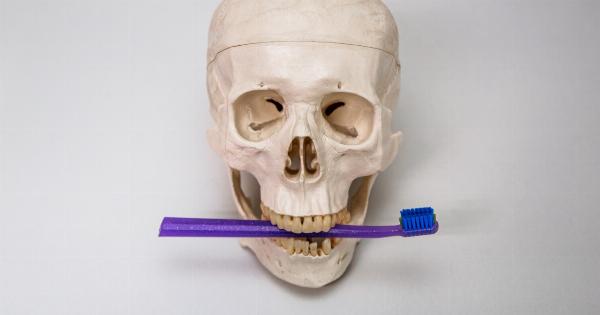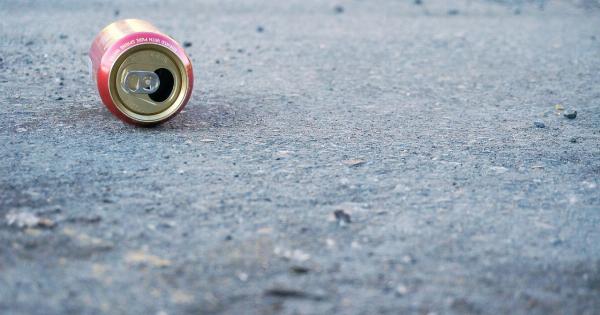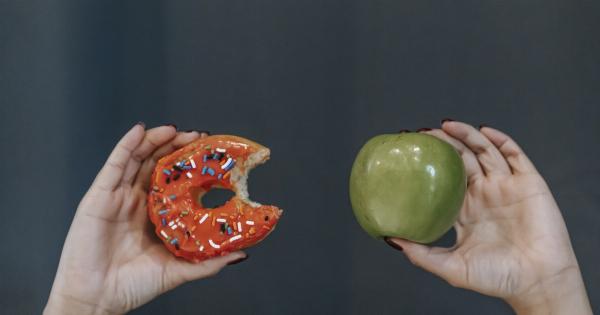Osteoporosis is a medical disorder in which the bones become brittle and fragile. It occurs due to the loss of bone mass, which causes the bones to become porous, weak, and highly susceptible to fractures.
It is known as a “silent disease” because it has no recognizable symptoms or pain until a bone fracture occurs. However, several lifestyle choices increase the risk of osteoporosis. This article discusses some of the ways in which lifestyle choices can impact bone health.
1. Sedentary Lifestyle
If you lead a sedentary lifestyle, you may be at greater risk of osteoporosis. A sedentary lifestyle includes spending long periods sitting or lying down in one place, which reduces the impact of gravity on the bones.
The reduced physical activity leads to the loss of bone density, which weakens the bones and increases the risk of fractures.
2. Lack of Vitamin D
Vitamin D is essential for healthy bones. It helps the body absorb calcium, which is critical to bone health. People who do not get enough Vitamin D from their diet or exposure to sunlight may be at risk of developing osteoporosis.
Vitamin D can be found in fish, eggs, and fortified foods like milk and cereal. Regular exposure to sunlight can also help the body produce Vitamin D.
3. High Alcohol Intake
Excessive alcohol consumption can increase the risk of developing osteoporosis. Alcohol interferes with the body’s ability to absorb calcium and decreases the production of hormones that help the body build bone.
Heavy drinking also leads to an increased risk of falls and fractures, which can further damage the bones.
4. Smoking
Smoking is a significant risk factor for osteoporosis. Cigarette smoking decreases the body’s ability to absorb calcium, which weakens the bones.
Smoking also increases inflammation and oxidative stress in the body, which has harmful effects on bone cells. Women who smoke also experience a reduction in estrogen levels, which is protective against bone loss.
5. Unhealthy Diet
An unhealthy diet can also increase the risk of osteoporosis. A diet that is high in sodium and low in calcium can contribute to bone loss. Excessive salt intake leads to the excretion of calcium from the body, which weakens the bones.
A diet that is low in fruits and vegetables also contributes to poor bone health, as these foods are rich in nutrients that are essential to bone health.
6. Medications
Some medications can increase the risk of osteoporosis. Long-term use of corticosteroids, such as prednisone, can damage the bones and lead to fractures.
Other medications that can increase the risk of osteoporosis include anticonvulsants, chemotherapy drugs, and proton-pump inhibitors.
7. Genetics
Family history is also a risk factor for osteoporosis. A person’s genetics can determine their bone density and influence how quickly they lose bone mass.
People with a family history of osteoporosis are at a greater risk of developing the condition.
8. Menopause
Menopause is a significant risk factor for osteoporosis. Women experience a rapid loss of bone mass in the years following menopause due to the lack of estrogen, which is critical to bone health.
This loss of bone mass increases the risk of fractures in women. Hormone therapy can help prevent bone loss in women after menopause.
9. Age
As people age, their bones become less dense and weaker, increasing the risk of osteoporosis. The aging process also slows down the body’s ability to repair and regenerate the bones.
As a result, bones become more susceptible to fractures and take longer to heal.
10. Lack of Sleep
Lack of sleep can also impact bone health. Studies have shown that people who get less than 6 hours of sleep per night have a higher risk of osteoporosis. Sleep is essential for the body to repair and regenerate bone tissue.
A lack of sleep also leads to an increase in cortisol, a hormone that can have harmful effects on bone health.
Conclusion
Osteoporosis is a condition that affects millions of people worldwide. While age and genetics are factors that are beyond our control, adopting healthy lifestyle habits can help reduce the risk of osteoporosis.
Regular exercise, a healthy diet, and adequate exposure to sunlight are essential for maintaining healthy bones. Avoiding smoking and excessive alcohol consumption, as well as speaking to your doctor about any underlying medical conditions or medications that may impact your bone health, can also help prevent osteoporosis.































